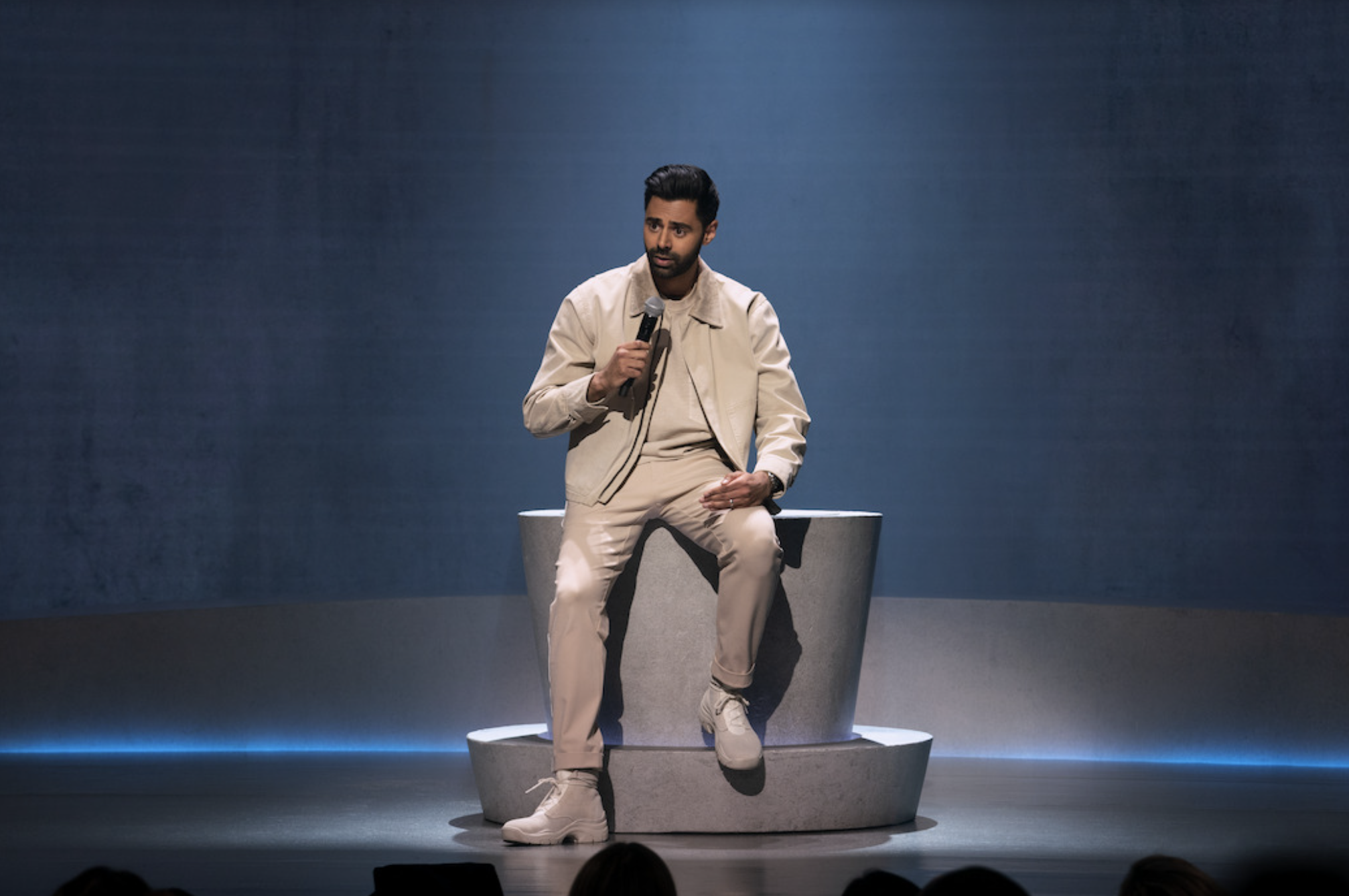Rating: 4.5/5
“Hasan Minhaj: The King’s Jester,” Minhaj’s latest stand-up special, was released on Netflix on October 4, 2022, and has proven to be one of his best performances to date.
“Homecoming King,” another Netflix original, launched Minhaj’s debut stand-up comedy performance on television more than five years ago. In it, he discussed racism, family, generational disparities, and the experience of being Indian and Muslim in America. In “The King’s Jester,” however, Minhaj, no longer a novice, explores his work, celebrity status, the nature of satire, and his love for humor. This new special leverages his experiences as a person of color as a plot element rather than the entire storyline. Viewers understand that his cultural identity is the foundation of his actions on a number of significant occasions, even if it is more subtly woven through the narratives. However, overall, Minhaj doesn’t cater to a white audience, making jokes about his culture, lifestyle and family, which is refreshing in an industry previously dominated by white comedians.
At the beginning of the show, Minhaj jokes about the harmful effects of his recent fame. He unpredictably switches from being serious to satiric with a single breath, allowing viewers to be surprised and never know what to expect. Using this tactic, Minhaj chooses not to dwell on his more dismal stories for extended amounts of time, taking his viewers from sober realization to hysterical laughter, demonstrating his command over the audience.
With a moving and entertaining portrayal of a comedian who struggles with infertility, fatherhood, stardom, and freedom of expression, Minhaj returns to his roots and performs what he does best — storytelling. Minhaj’s talent for crafting a captivating story makes “The King’s Jester” a clever and pleasant hour. Although he has received criticism for his extensive gesturing and body language when performing stand-up, he takes it to a new level in this performance: lying flat on the stage, crouching on stools, or running around frantically while mocking audience members.
Tying it all together, Minhaj interacts with the backdrop screen, which displays everything from personal photographs to social network feeds augmenting with his performance. The dynamic and dramatic movement of the lights, together with the narrative, adds to the performance’s captivating and engaging appeal and emphasizes his punchlines.
In comparison to “Homecoming King,” where Minhaj spent a considerable amount of time laying his claim to equality and reflecting on his shortcomings, “The King’s Jester” may fall short for some as he discusses the weight of fame and other issues that few of his audience can connect to. Nevertheless, with Minhaj’s hilarious clips and picture displays, audience members are captivated while being able to understand his story and ponder on his experiences.

